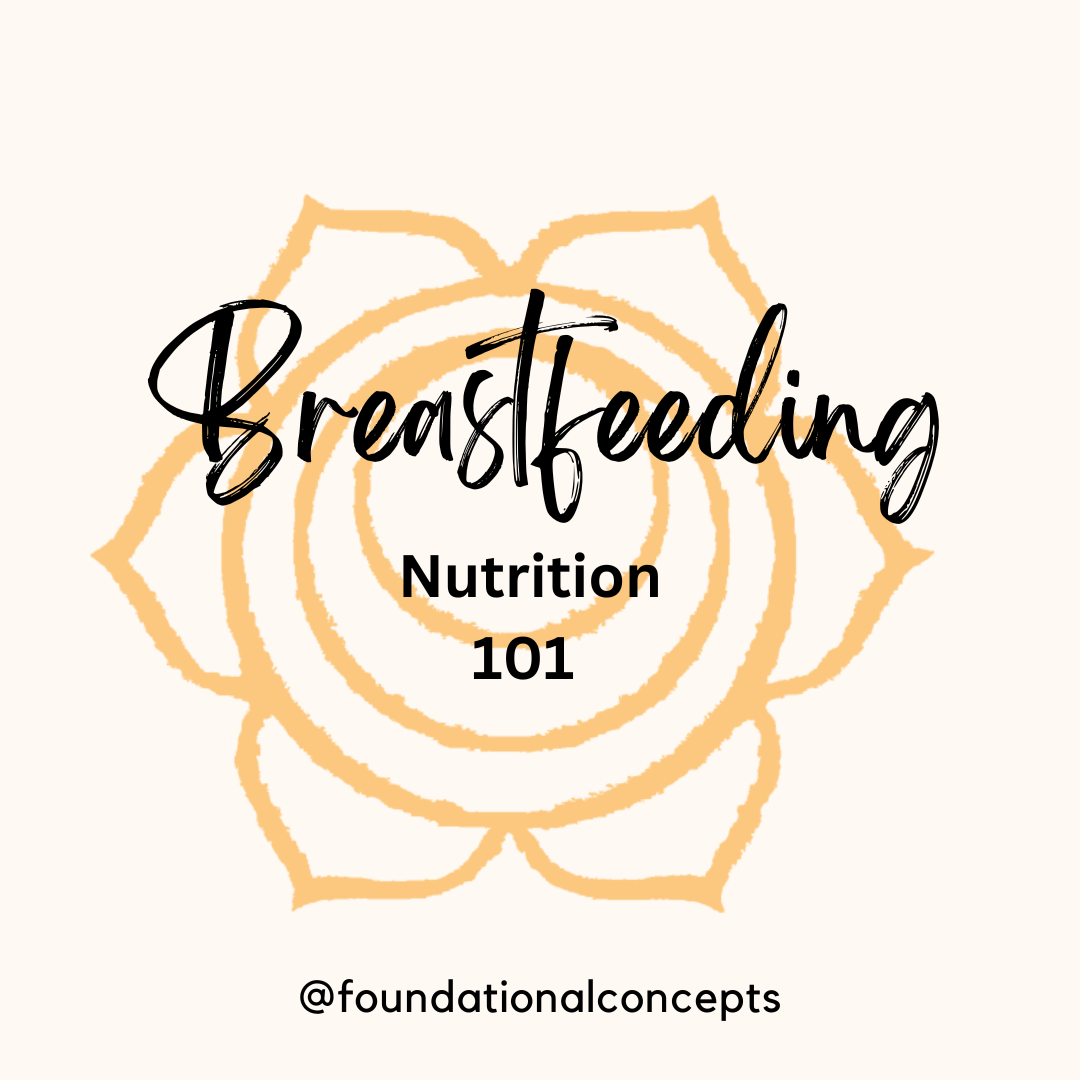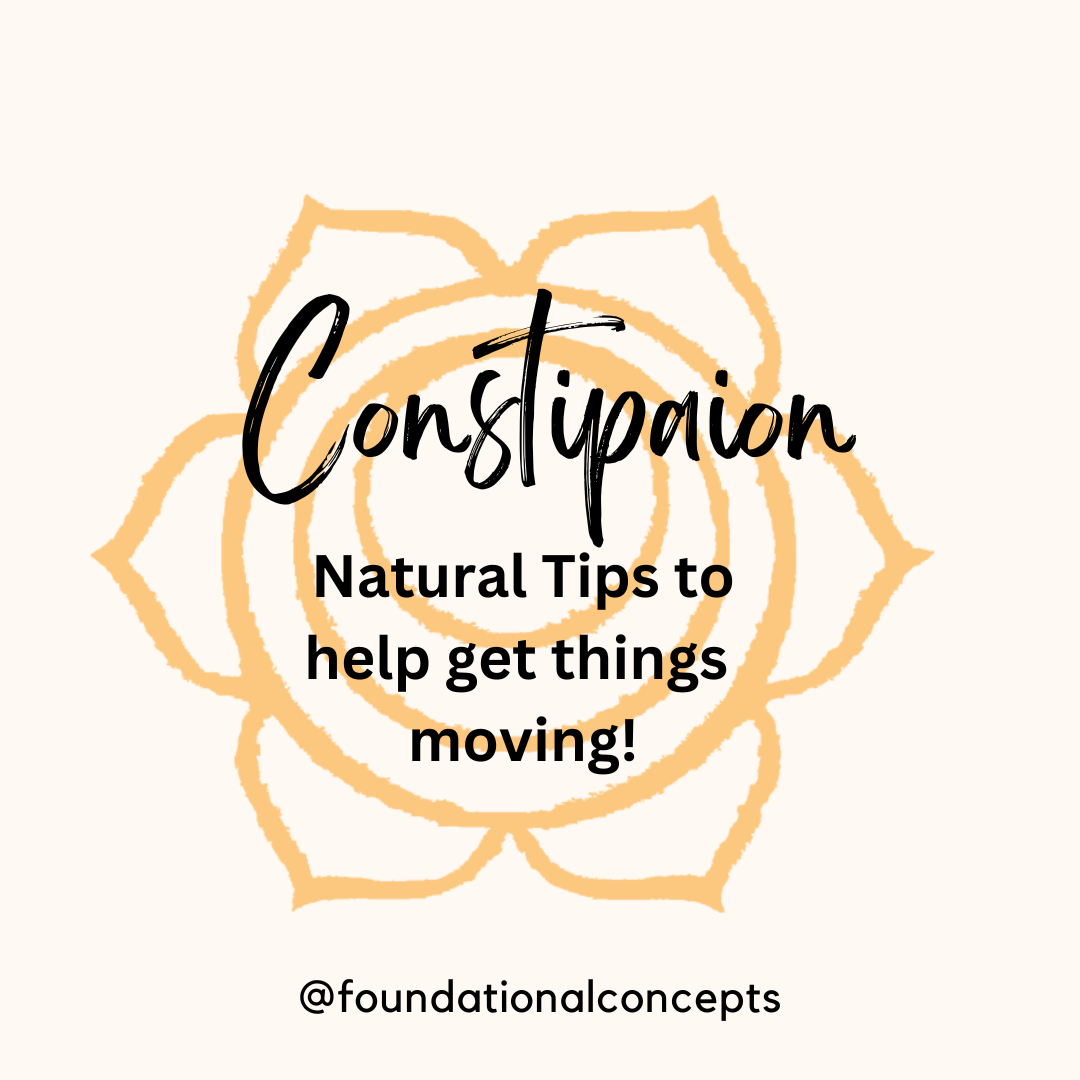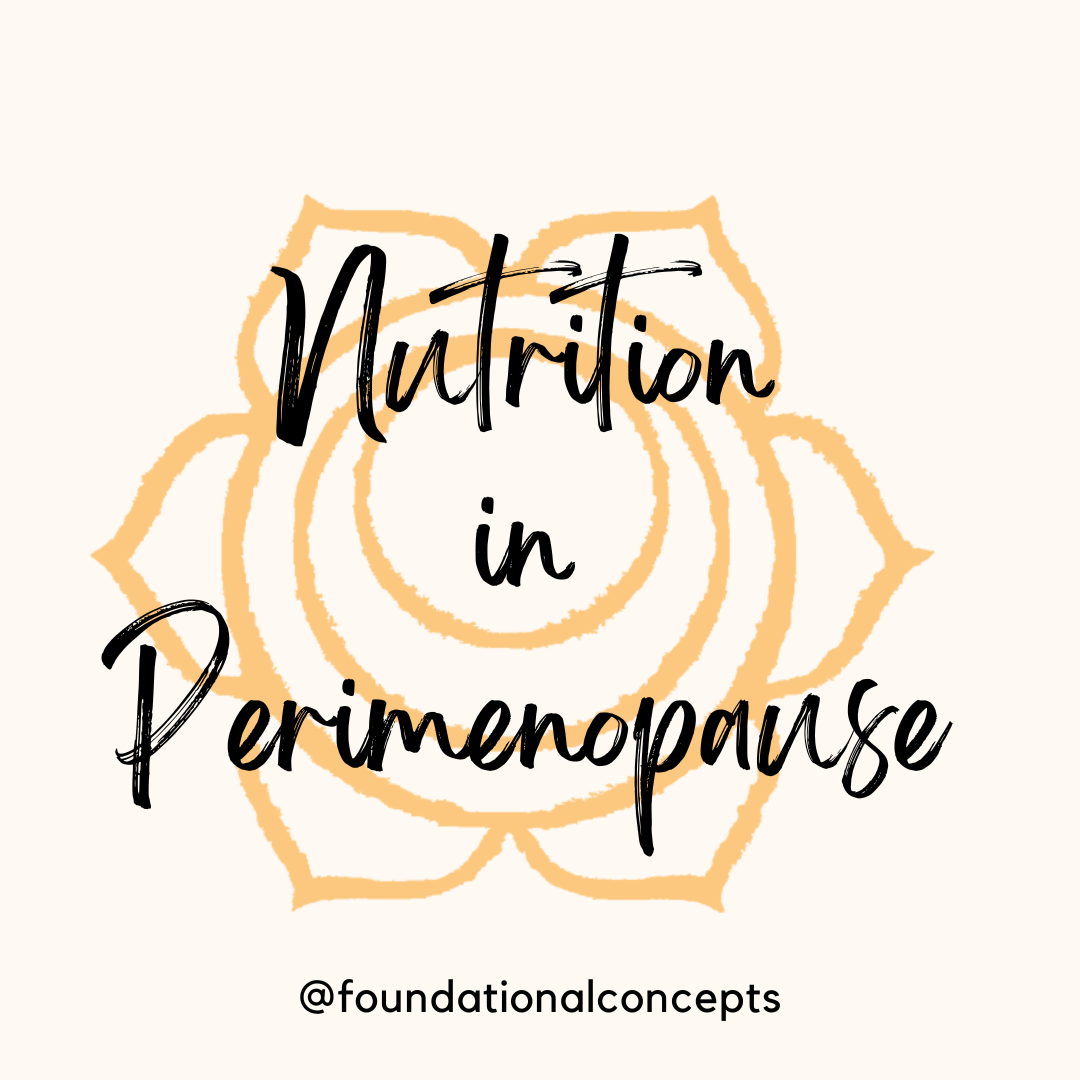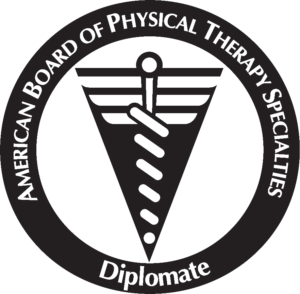Nutrition plays such an important role in our pregnancies and post-partum periods. Breastfeeding requires time…

Pediatric Constipation: Diet, Habits and Core
As adults we look back on our lives and realize no one ever taught us how to poop, the act was just ingrained in our minds. We were potty trained before our brains had the cognitive awareness to remember the sensation of feeling an urge or the act of toileting. So what happens when pediatric constipation occurs? How do we trace our steps back to our childhoods and recall the steps of what we were doing wrong? We were just kids.
Pediatric constipation is one of the biggest red flags in adult constipation. Complications with proper toileting can start as early as 1 year old, or begin in toddler ages and into adolescents. The older kids get the more difficult it becomes to recognize these dysfunctions and communicate with your kids. Research shows pelvic floor physical therapy can help open these doors to communication and resolve bowel dysfunctions.
Pediatric Constipation and Diet
The food we feed our bodies has a great effect on our bowels. Kids need to be sure to have a good balance of water and fibrous food to avoid pediatric constipation. The problem we can run into is giving kiddos too much fluids and not enough water. Kids need to have a water intake of 1 ounce per kilo. Meaning if your child weighs 55 pounds, 25 ounces of water is necessary for daily function of organs. Fiber intake averages around 14 grams of fiber for every 1,000 calories consumed. Having a healthy balance of fluids and foods will play a large part in gut health.
Pediatric Constipation and Habits
Toileting habits greatly affect how pediatric bowels move. After we eat, our stomach tell our brains we will need to have a bowel movement. When kids ignore this reflex, stool backs up in the colon leading to holding patterns and constipation. Sitting on the toilet after every meal can help retrain this reflex and activate the bowels more. Toilet posture can also aid in the habits of the bowels. Sitting with your knees up helps to straighten out the rectum, causing a more direct path for stool to pass through. Breathing techniques helps also downtrain the central nervous symptom helping relax the muscles which surround the rectum.
Pediatric Constipation and Core
Strong core is another large factor which helps kids combat pediatric constipation. Learning which muscles help increase the abdominal pressure to pass stool can aide in the decrease of pushing/straining. Increase in physical activity may also help decrease risk of constipation in kids.
Physical Therapy Can Help
Overall, helping kids and parents understand the importance of diet, habits and core are essential in stopping the progression of childhood constipation. A pediatric trained physical therapist can lead the way. Learning these techniques and retraining tools can be accomplished at Foundational Concepts with the guidance of our specially trained pt’s. Don’t hesitate to reach out to us if your child is suffering from constipation – we are here to help.




